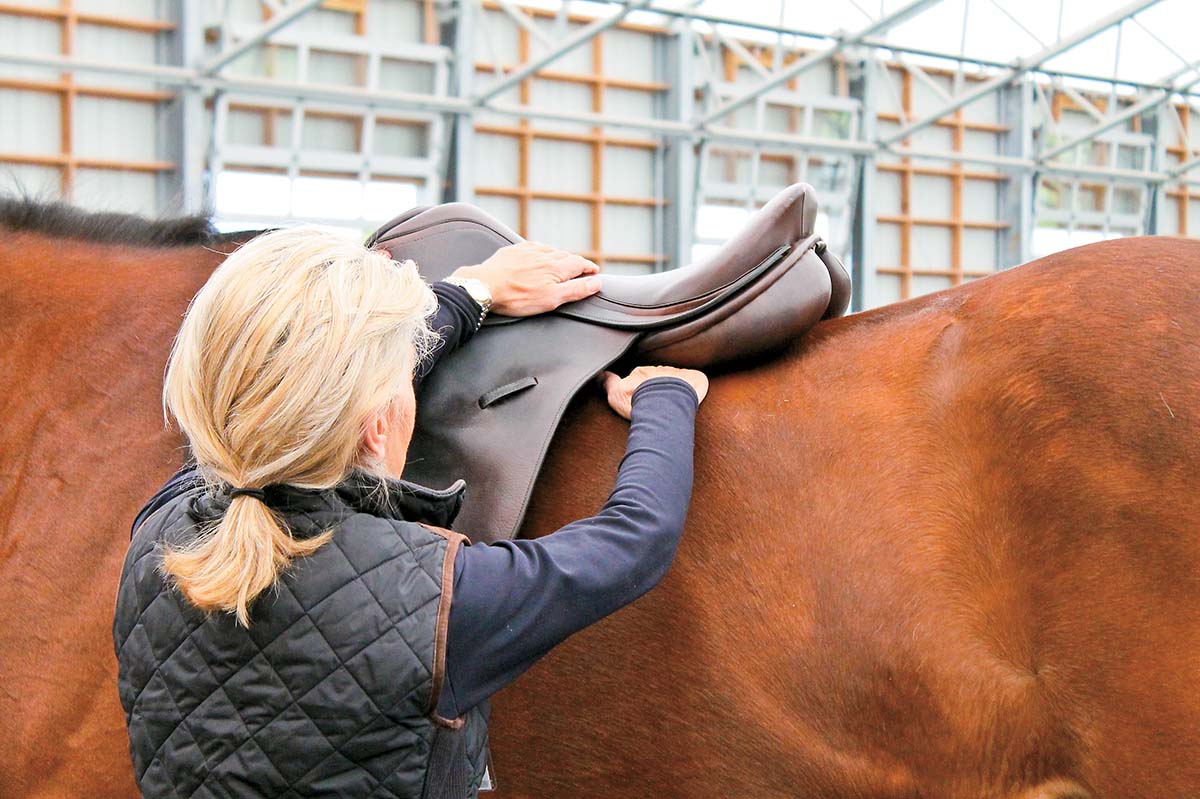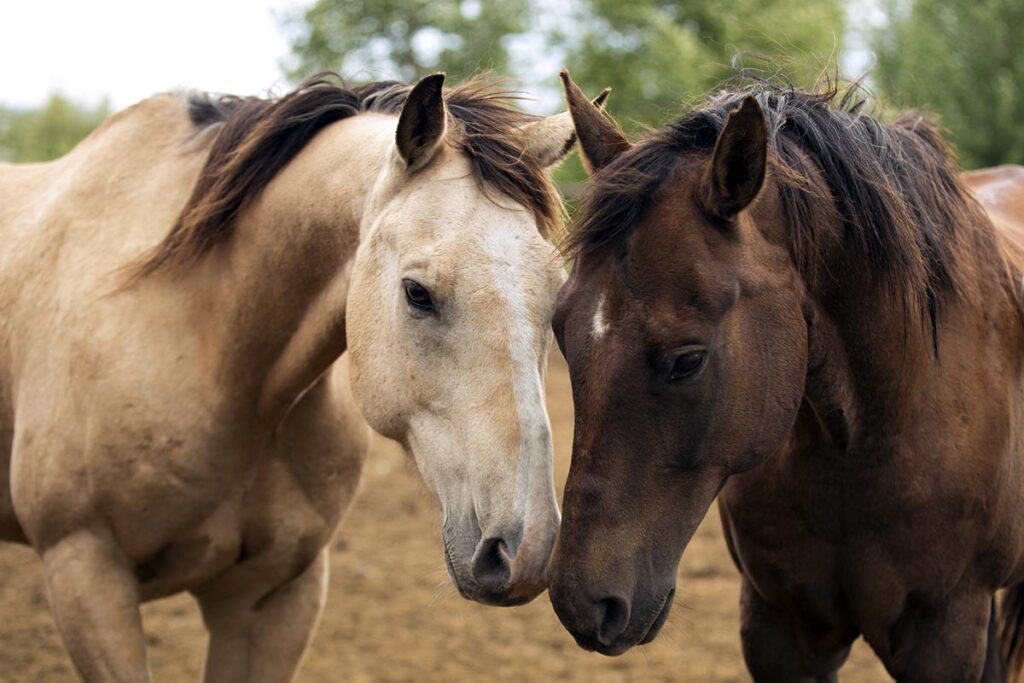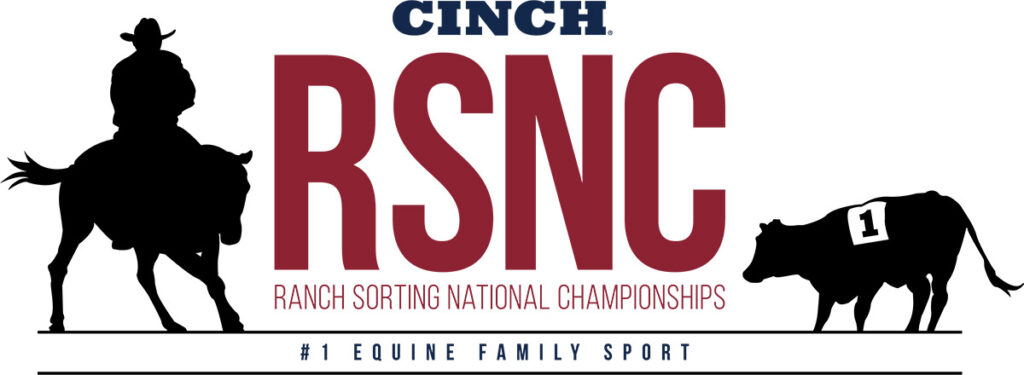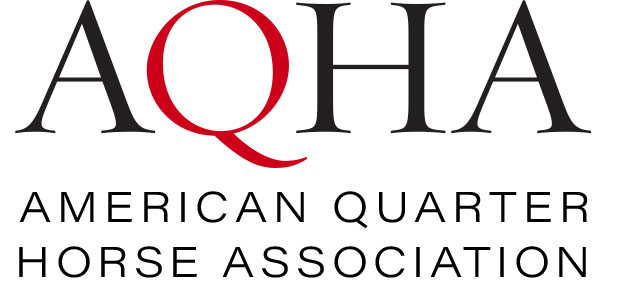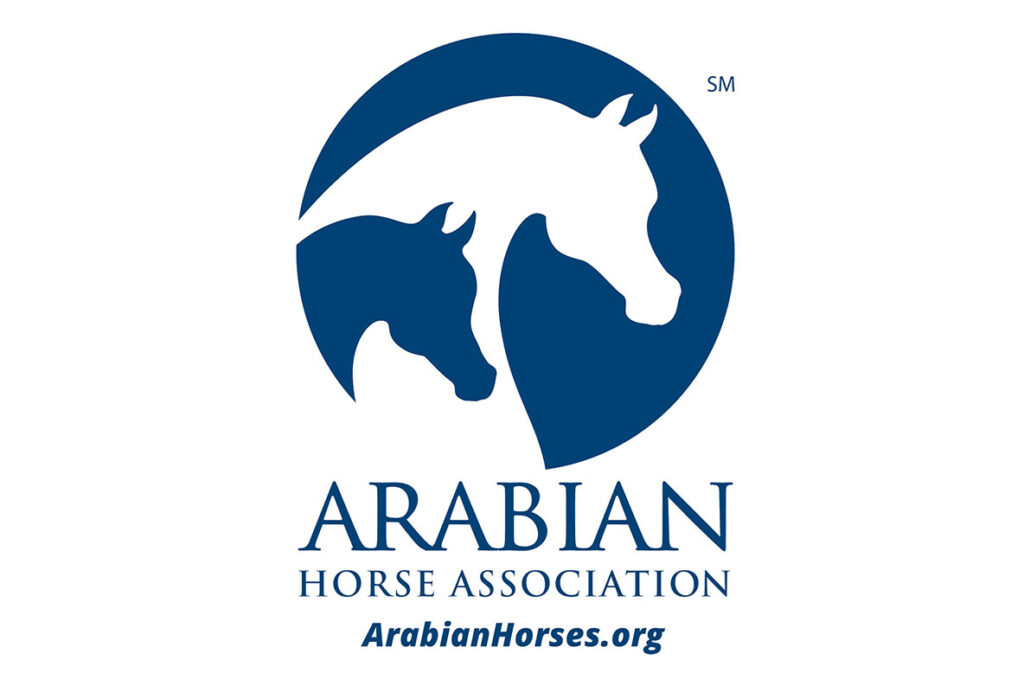Much like a pair of well-fitting shoes allows you to move freely and without pain, a saddle that conforms to your horse’s back is crucial for his comfort and performance. Understanding the basics of proper tack fit will help you recognize and resolve issues before they snowball into bigger problems that could cause your horse pain and injury. Let’s start by looking for clues that your saddle might be due for a fit check.
Signs Your Saddle Might Not Fit Your Horse
- You feel your horse bracing and hollowing his back when you put even light pressure on it, either with your hand, a brush, or tack.
- You see your horse pin his ears, swish his tail, and throw his head up when you place the saddle on his back, tighten the girth, and mount.
- Your horse refuses to go forward or, at the opposite end of the spectrum, bolts and bucks under saddle.
- You see white hairs appearing at the withers, which can be a sign your pommel is rubbing the skin and putting direct pressure on the vertebrae.
- You notice the muscles on either side of his spine are asymmetrical, tense, and/or atrophied (shrunken). Muscle atrophy can happen with chronic pain and misuse.
In most cases, you’ll want to have a professional check your saddle’s fit once or twice a year. Saddle fit is also a good place to start if your horse displays generalized behavior, soundness, or performance issues. However, while the signs listed above often do indicate saddle-related problems, it’s important to remember there are other reasons your horse’s back might be hurting that don’t involve your tack.
What Goes Into Checking Your Saddle’s Fit?
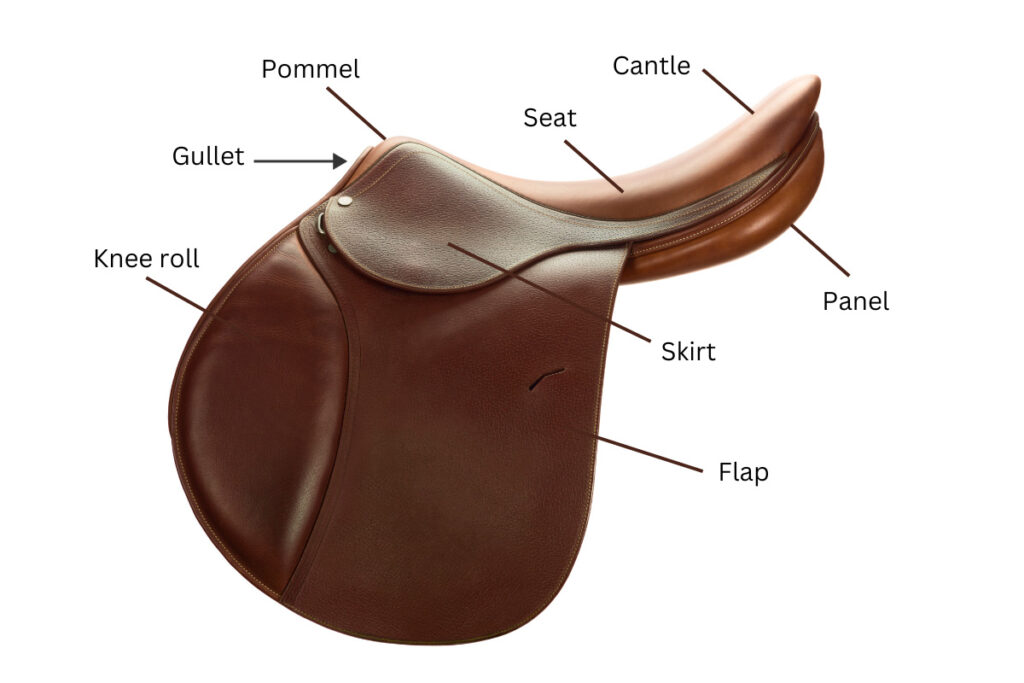
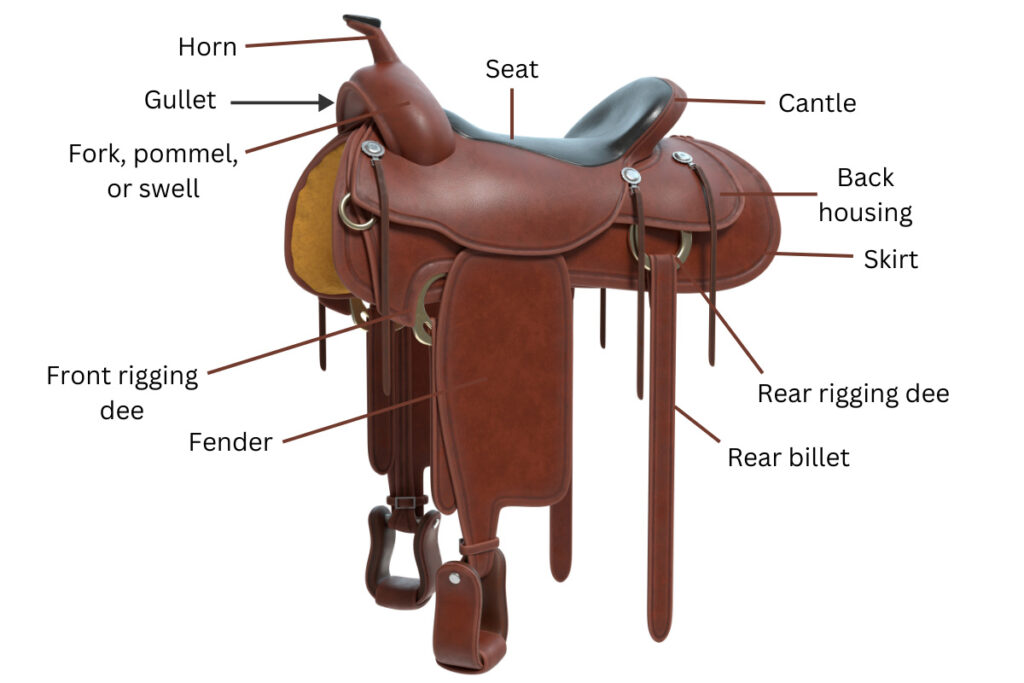
Every horse’s back shape is unique, and there is more than one criterion to evaluate when fitting a saddle. When you hire a professional fitter, the main characteristics of your tack they will assess are:
- Saddle balance: The saddle must be level from front to back and side to side to avoid putting more pressure on any portion of the horse’s back or shifting with movement. It shouldn’t “rock” easily.
- Seat size: The saddle must fit you, the rider, for you to sit quietly and balanced. It must also not extend beyond the horse’s 18th (last) thoracic vertebrae and put pressure on his lumbar back or restrict shoulder movement up front.
- Tree size: The tree is the saddle’s spine, so to speak. If the tree is too narrow, it can pinch the horse’s shoulders and cause pain. On the other hand, an excessively wide tree not only causes instability and uneven weight distribution, but it can also make the saddle sit too low on the horse’s back and press down on the withers.
- Wither clearance and gullet width: Closely tied to tree size, the gullet is the space under the pommel, between the left and right sides of the tree, that creates an opening for the horse’s withers.
- Panel contact: Both the left and right panels should make full, even contact with the horse’s back to prevent the saddle from being unbalanced and rocking. If parts of the panels are not receiving pressure, that means other areas are receiving extra pressure.
- Panel flocking: Wool or foam flocking in the panels can shift and become compressed over time, potentially creating uneven weight distribution across the horse’s back.
Will a Custom-Fitted Saddle Solve All Your Tack Issues?
It’s easy to think investing in a custom-fitted saddle for your equine partner means you never again have to worry about dealing with your saddle’s fit. But not so fast! When you get a saddle fully custom-fitted to your horse, that tack is designed to conform perfectly to his body at that particular moment in time. Should your horse gain weight, lose muscle mass due to time off work, or develop an asymmetrical gait to compensate for lameness, that saddle might no longer fit that “new” version of him. That’s why experts recommend consulting a saddle fitter when your horse’s body has changed for any reason.
Final Thoughts
A lot goes into the science and art of saddle fitting. The different parts of the tack, from tree size to panel flocking, create many opportunities for discomfort, irritation, and muscle damage to occur if a less-than-perfect fit is left unchecked. That’s why it’s so important to learn how to recognize signs of saddle fit issues. You should also communicate any concerns with your veterinarian and keep a qualified saddle fitter on your horse’s team to help you saddle up with confidence.
Related Content:
- English or Western? Different Types of Saddles for Equestrians
- How To Put on an English Saddle
- How To Put on a Western Saddle
Lucile Vigouroux, MSc, holds a master’s degree in Equine Performance, Health, and Welfare from Nottingham Trent University (UK) and an equine veterinary assistant certification from AAEVT. She is a New-York-based freelance author with a passion for equine health and veterinary care. A Magnawave-certified practitioner, Lucile also runs a small equine PEMF therapy business.

